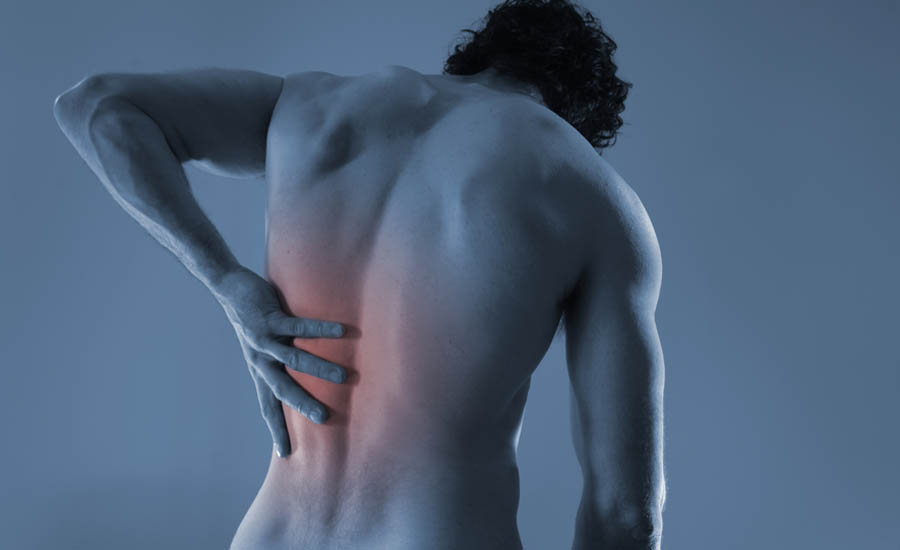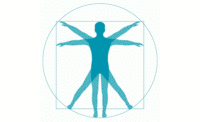One of the keys to reducing ergonomic injuries and ensuing insurance claims lies in adjusting the movement behaviors of people employed in the manual handling industries. One of Canada’s biggest farm and ranch supply operations and petroleum distribution networks began this type of enforcement and saw injuries drop significantly.
United Farmers of Alberta (UFA) is constantly re-evaluating its safety programs and although most of their rules of operation work in heading off injuries – some of the solutions in place have been found to be short-term and unsustainable for the tenured or new workers.
UFA’s distribution center needed to find new ways to further improve the incidence of worker insurance claims due to injury. What was interesting to note was that in the distribution sector of the business, the claims chiefly pertained to ergonomics, back pain, neck pulls and injured shoulders.
When UFA undertook its root cause analyses for these injuries, they found that entrenched work practices – working without protective equipment, even when it was readily available – was the catalyst for the strains and pulls. UFA did some research and began using Soter Analytics’ SoterCoach wearable technology solution.
The SoterCoach solution is a clip-on device that is put on the collar of a shirt for spine safety monitoring or connected to an arm strap for shoulder safety monitoring. The solution’s sensors capture data and alert workers via real-time audible and haptic feedback when they might be making any high-risk, potentially injury-causing movements such as repetitive movements, extreme stretching and high-intensity movement. The shoulder sensor looks for and counts arm elevations, repetition, overexertion, and hazardous pushing to calculate the risk of a pulled shoulder at the end of the day.
This movement data is sent to a personal companion app where, much like a FitBit, people can view their own results. What’s different is the app provides what are called “micro-learning manual handling tutorials” where workers can learn what to do differently in order to avoid injury. Then there is the 10,000-foot view where an online management dashboard provides insight into where the risks are in the overall organization, based on the feedback from everyone’s individual solution.
The sensors real-time biofeedback gently encouraged workers to stop and pause and even learn new and correct movement patterns. This meant that the suggestion of small changes resulted in permanent movement change over time.
Last year, UFA provided the sensors to their pickers, sorters, and receivers, and then to employees in their retail outlets, yard areas, petroleum, and card lock facilities.
The results
The results clearly show that the sensors have had a positive impact on reducing workplace injuries. Before introducing Soter, the number of injuries and claims at UFA was always trending upward. After the implementation of Soter, the claims and injuries stats fell significantly:
- 43% Overall improvement in the number of spine hazards per hour
- 67% Reduction in recordable workers' compensation claims (WCB)
- 86% Reduction in ergonomic injuries
- 86% Reduction in total ergonomic injury costs* with an 11 x Return on Investment.
In addition to the direct cost savings for reduced workers’ comp claims, UFA is also expecting a reduction in their WCB premium, which is based on the last 3 years of claims.
The data collected by the devices is displayed on an online dashboard for management and was able to show UFA what site, departments, job roles and movements were at highest risk, and where to focus their attention. UFA then identified which employees required additional support by the data provided on the individual reports.
The direct cost savings to UFA included a reduction in hazardous movements, which means a reduced risk of injury. Additionally, there has been a reduced cost of manual handling training, as well as a reduction in observing employees and a reduction of claims costs and lost workdays. Employees also feel safer, empowered by the data from their devices to do what they know will be safe for their body. In fact, employees now enjoy improved lifting techniques outside of work, all of the time.




